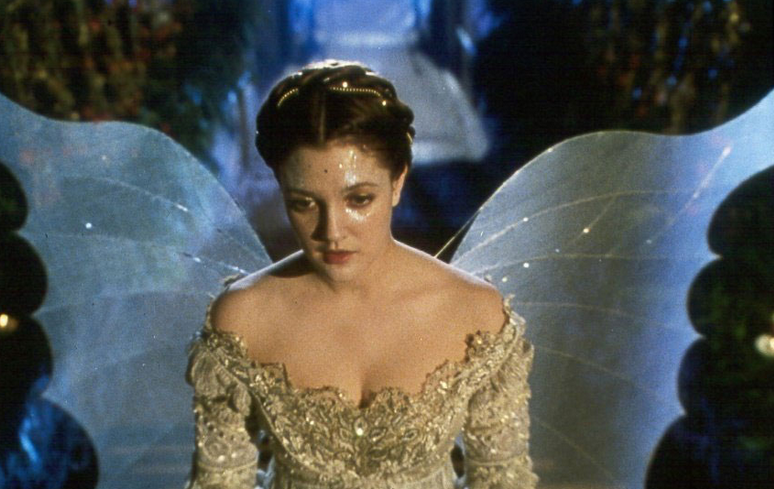With the latest incarnation of Cinderella being both live action and created, again, by Disney, there leaves a certain amount of realness to be desired. Although directed by Kenneth Branagh, who never seems to fear getting a bit gritty, the revamped tale is, save for Cate Blanchett’s sadism, largely stale. 1998’s Ever After: A Cinderella Story, on the other hand, remains an unblemished recounting of Cinderella’s, or rather, Danielle’s (Drew Barrymore), hardships with her stepmother, Baroness Rodmilla de Ghent (Anjelica Huston), and romance with the prince, Henry (Dougray Scott).

Unlike Branagh’s effort, the emphasis on class in Ever After is what makes it a much more engaging and believable tale of romance pitted against seemingly insurmountable obstacles. Directed and co-written by Andy Tennant, who has had no shortage of rom-com experience with the likes of Fools Rush In, Sweet Home Alabama and Hitch (though, at the time, Ever After was only his third film), Prince Henry’s stance on “commoners” is a rather staunch one, which is to say, he doesn’t believe in consorting with them.

Enter Danielle dressed in disguise as a courtier after Prince Henry gives her a satchel of gold coins for her silence as he steals a horse from their cottage, though this is after Danielle pelts him with apples to try to prevent him from stealing it. Using the coins to free one of her beloved friends and fellow servants, an old man named Maurice (Walter Sparrow), she storms the castle demanding his release. The prince overhears her recitation of Utopia (the last book her father gave her before his death–the Daddy’s girl motif is always at play in any Cinderella story) and is immediately enamored. He helps her get Maurice out of his impending shipment to the Americas as a slave and then asks flirtatiously to know her name. She gives him her mother’s, Nicole, and then disappears.

And so, from the very outset, it’s easy to see that this version of Cinderella is one of conviction–a fiery woman who doesn’t need a man to rescue her. Conversely, Lily James’ rendering of the character is decidedly helpless, relying still on a fairy godmother to save her from her misery. Danielle, contrastly, needs only a little aid from Leonardo Da Vinci.to give her an aesthetic boost for the ball.

Maybe it had something to do with the fact that the film was made in the 90s, at the height of the Spice Girls’ Girl Power mantra, that makes Ever After seem so rife with empowerment in comparison to the helpless little girl that appears in 2015’s version. While Danielle is perfectly capable of fending for herself even after the prince initially rejects her, the Cinderella of 2015 is a wreck over the possibility that the prince might rebuff her based on her status. But then, I suppose that’s what to expect when you’re dealing with a screenwriter (Chris Weitz) who directed The Twilight Saga: New Moon.























[…] wicked stepmother, the only two women worth taking note of are Anjelica Huston in Ever After: A Cinderella Story and Cate Blanchett in Cinderella. While Lady Tremaine may have been altered to Baroness Rodmilla de […]